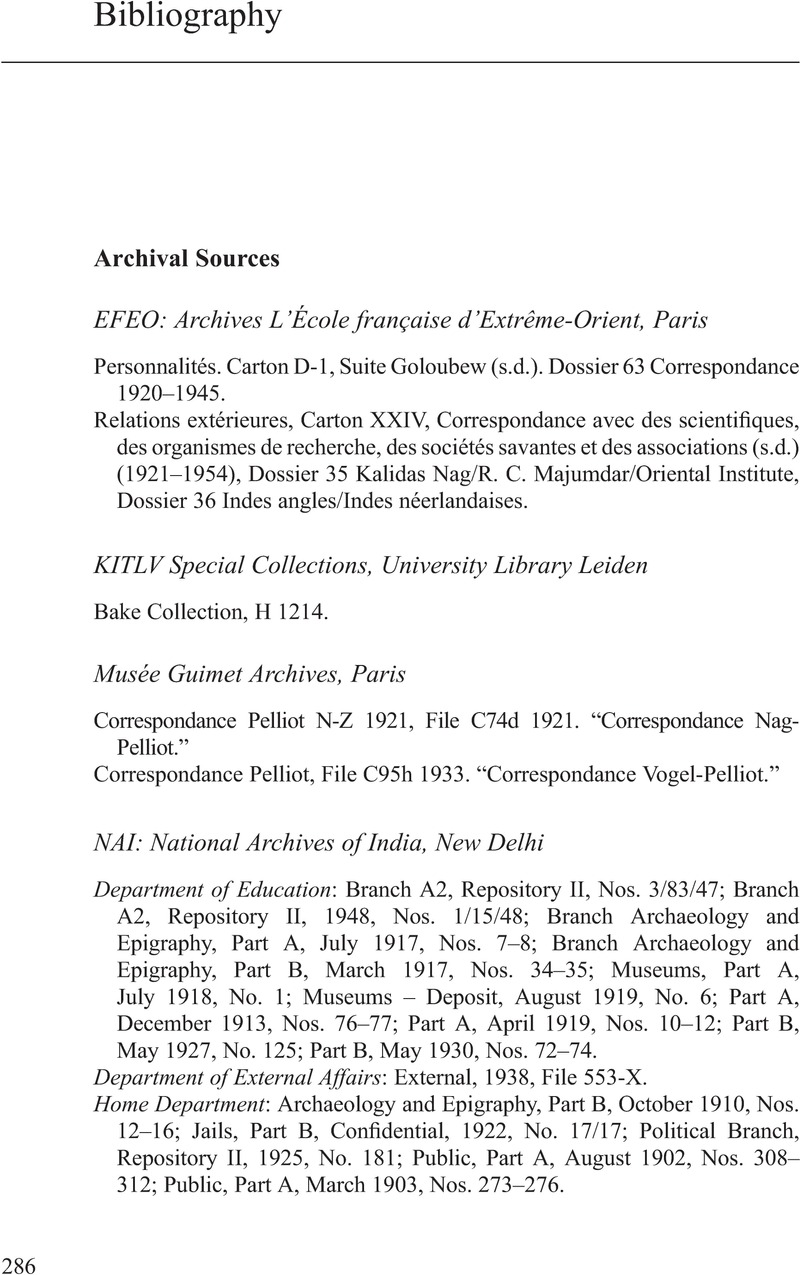Book contents
Bibliography
Published online by Cambridge University Press: 09 November 2023
Summary

- Type
- Chapter
- Information
- Visions of Greater IndiaTransimperial Knowledge and Anti-Colonial Nationalism, c.1800–1960, pp. 286 - 318Publisher: Cambridge University PressPrint publication year: 2023



